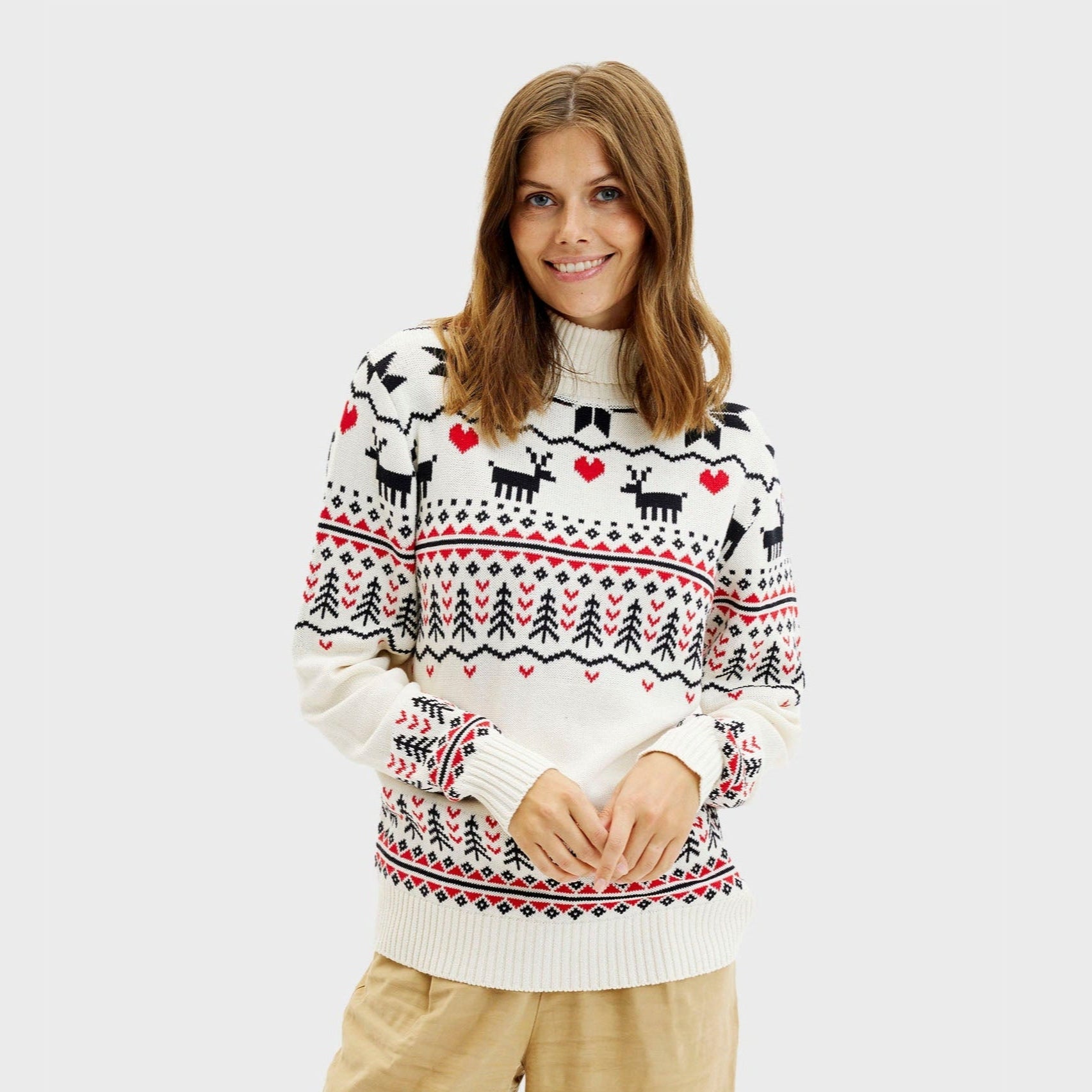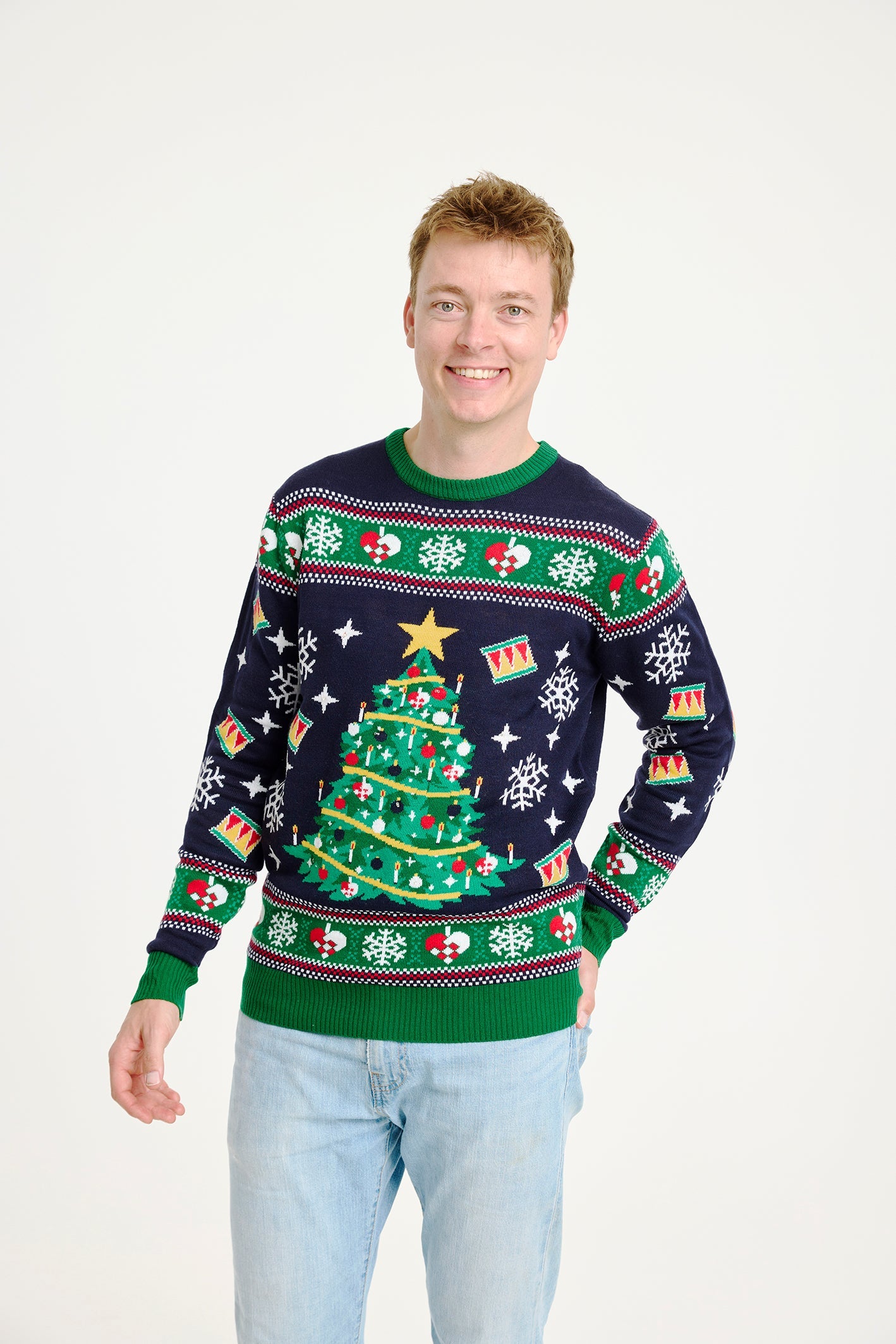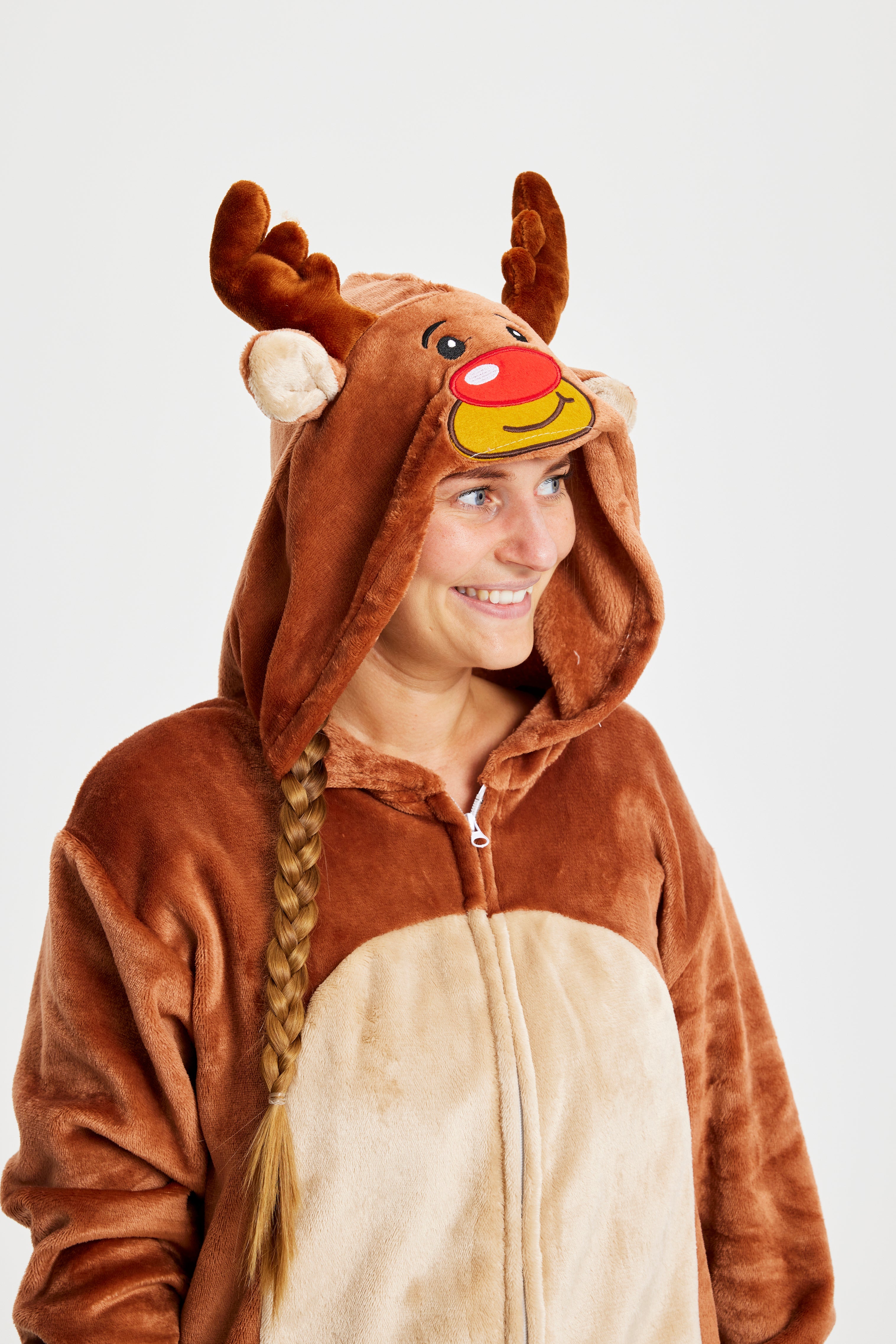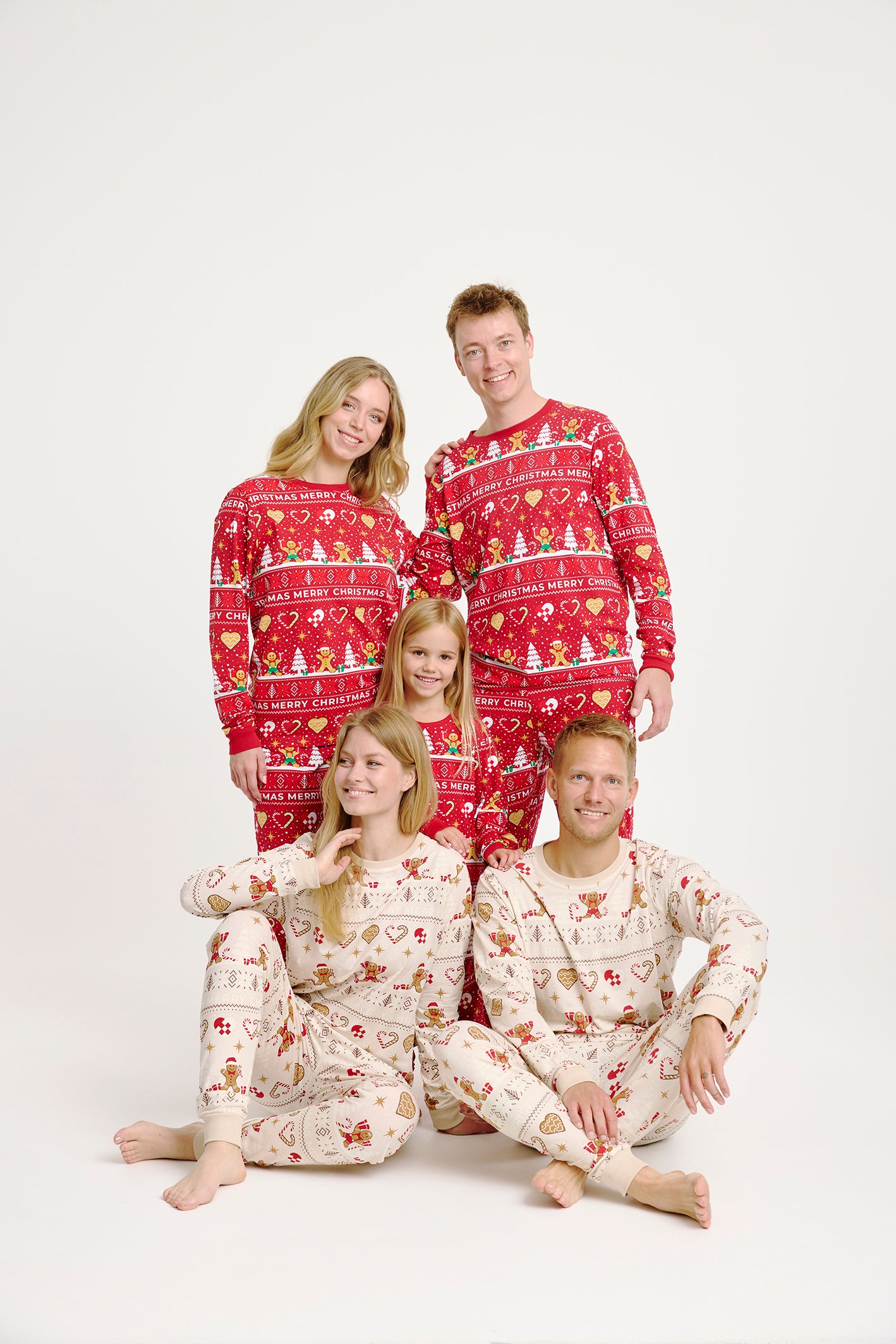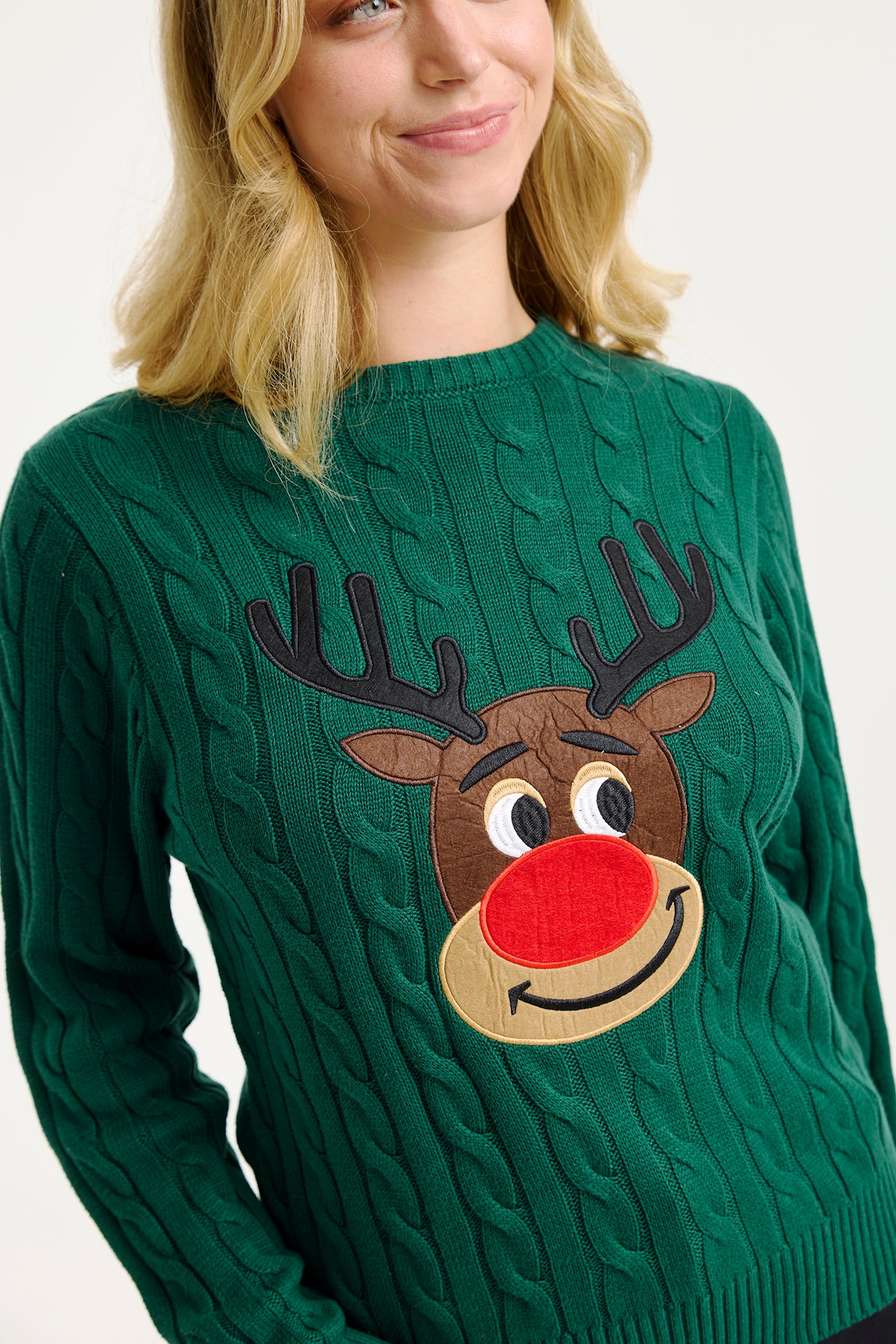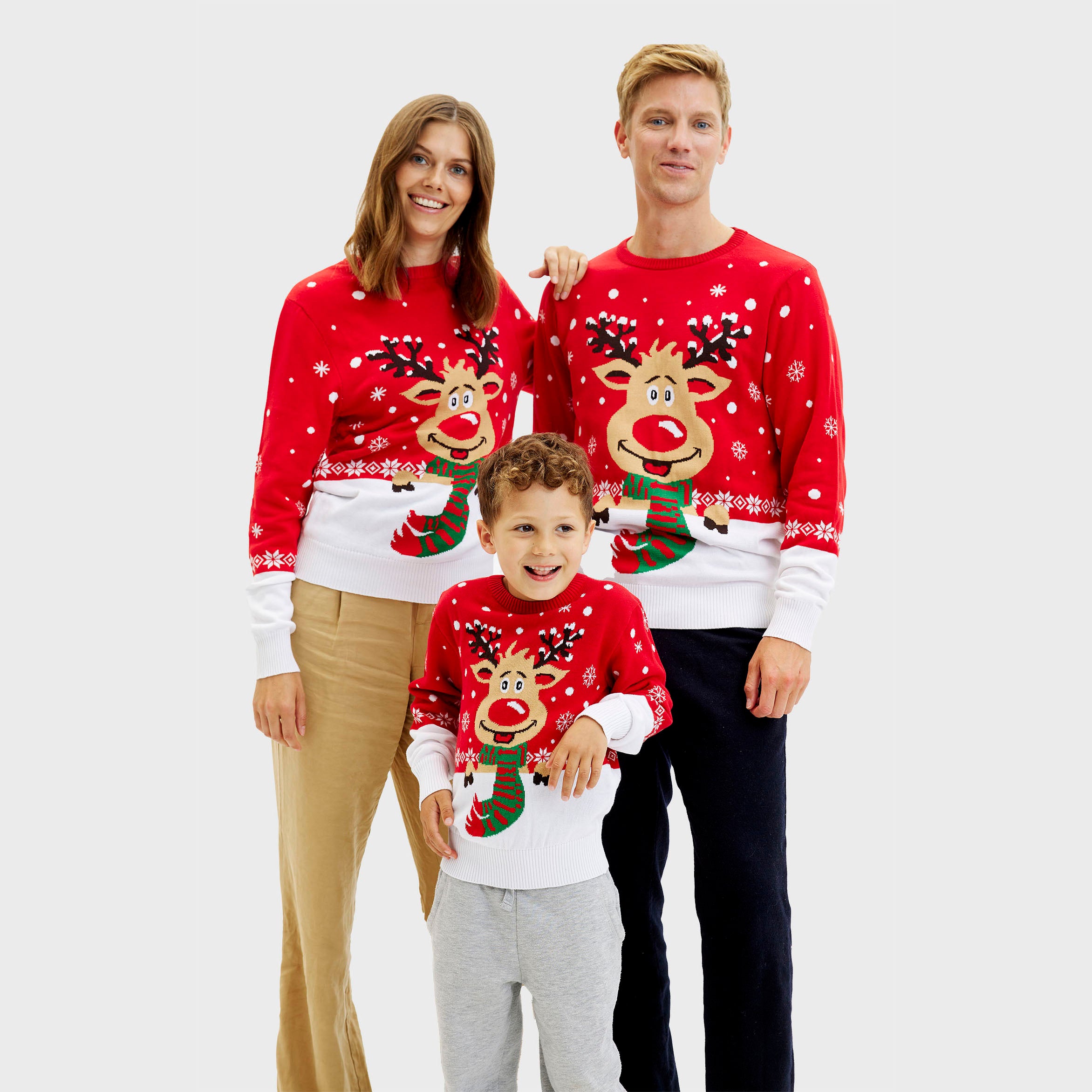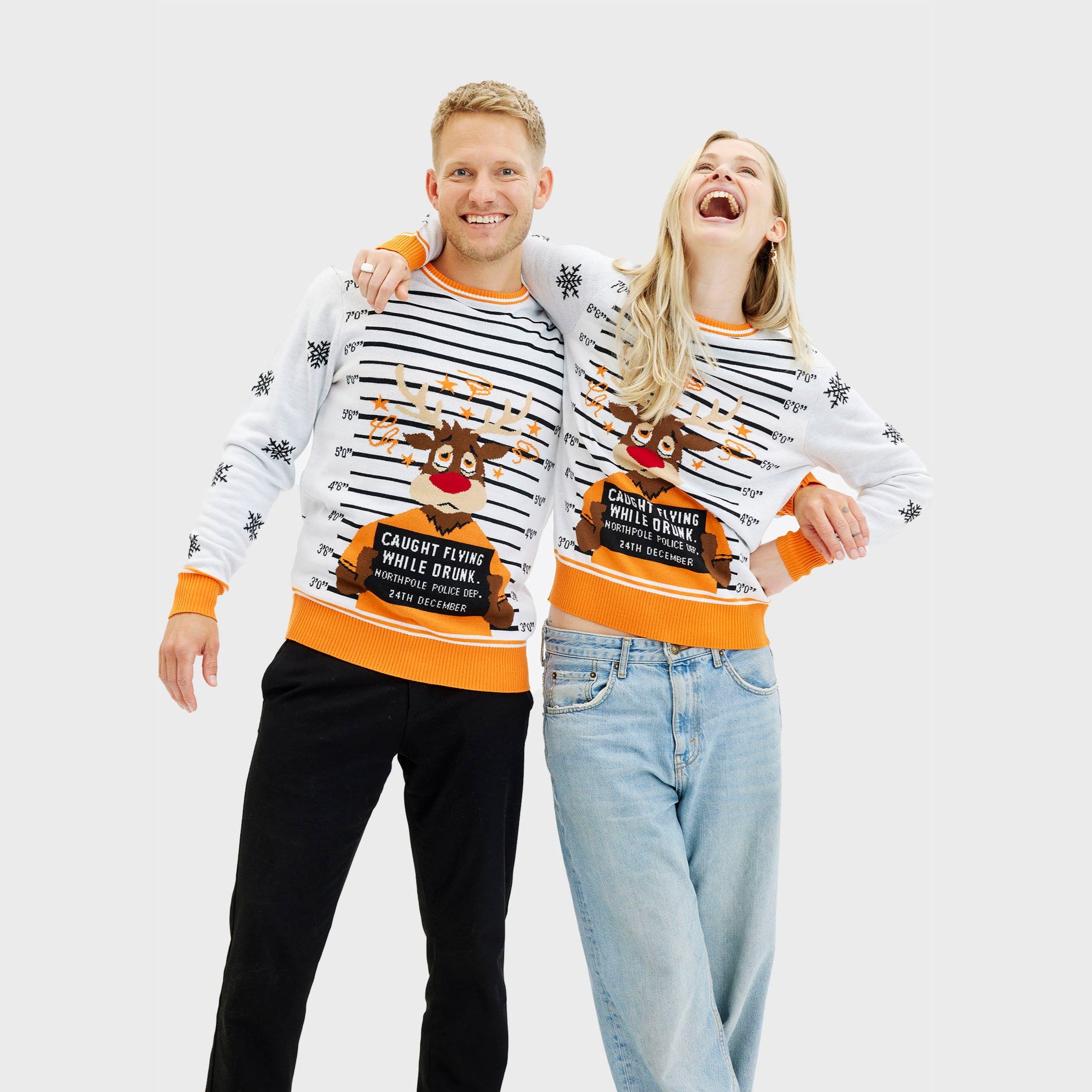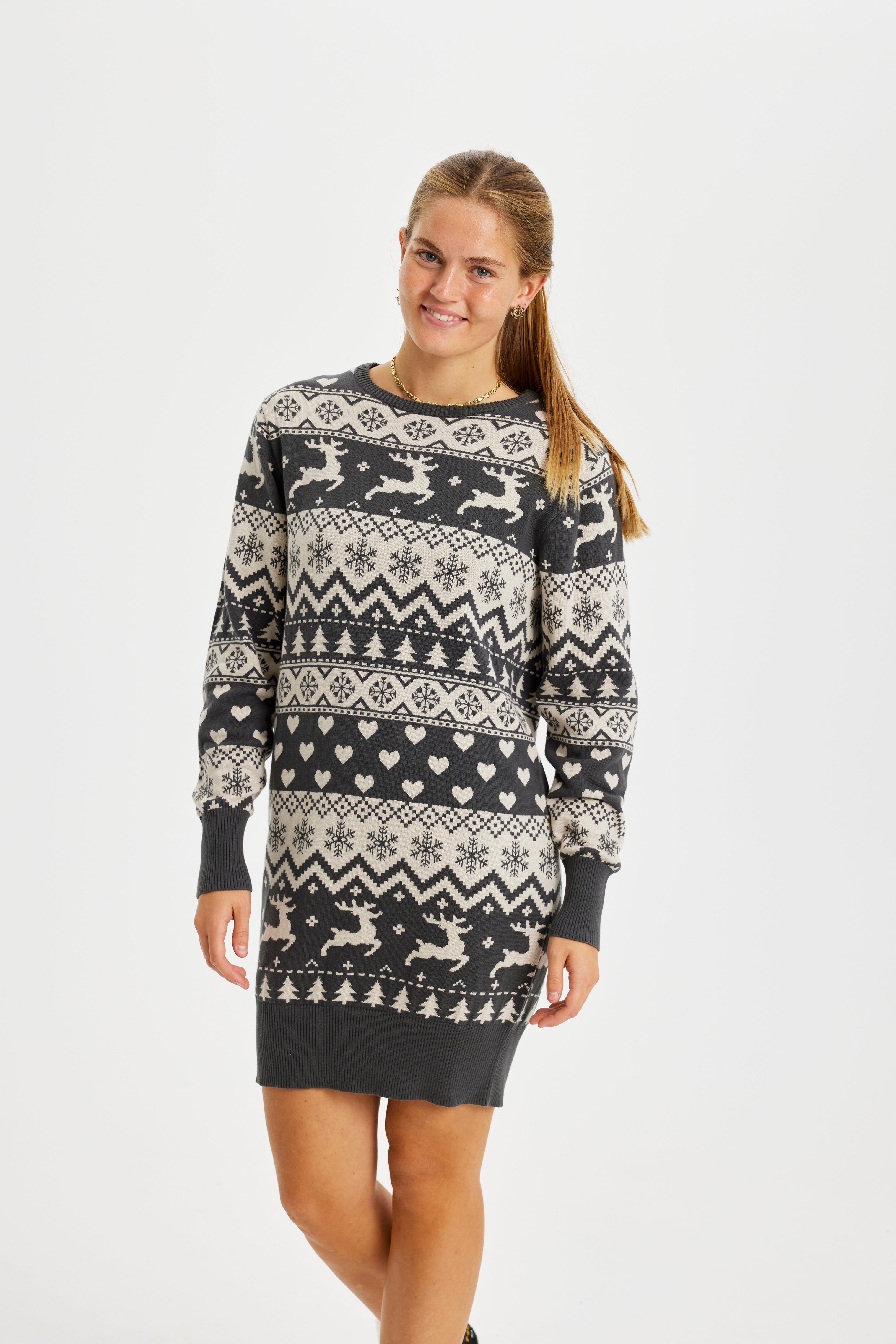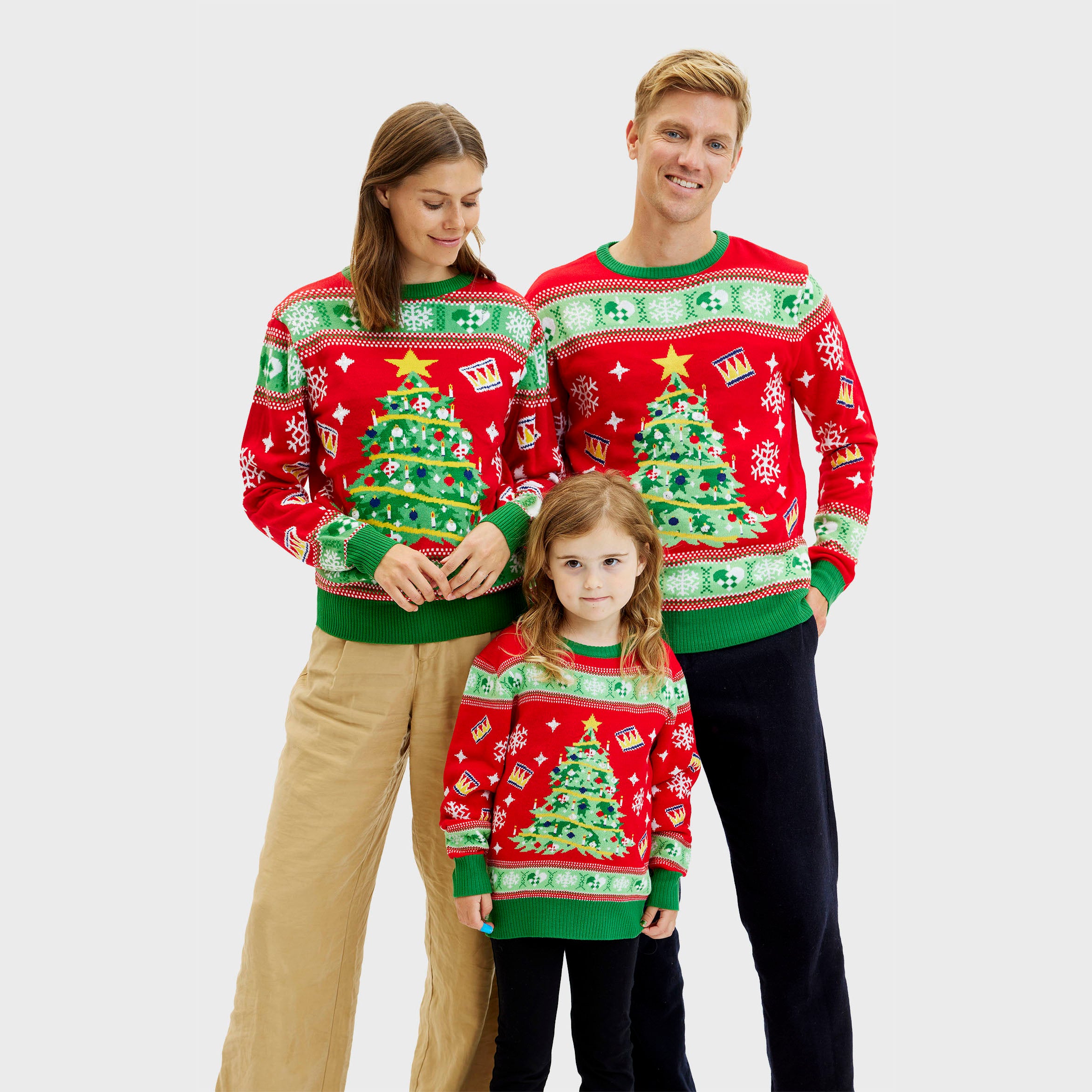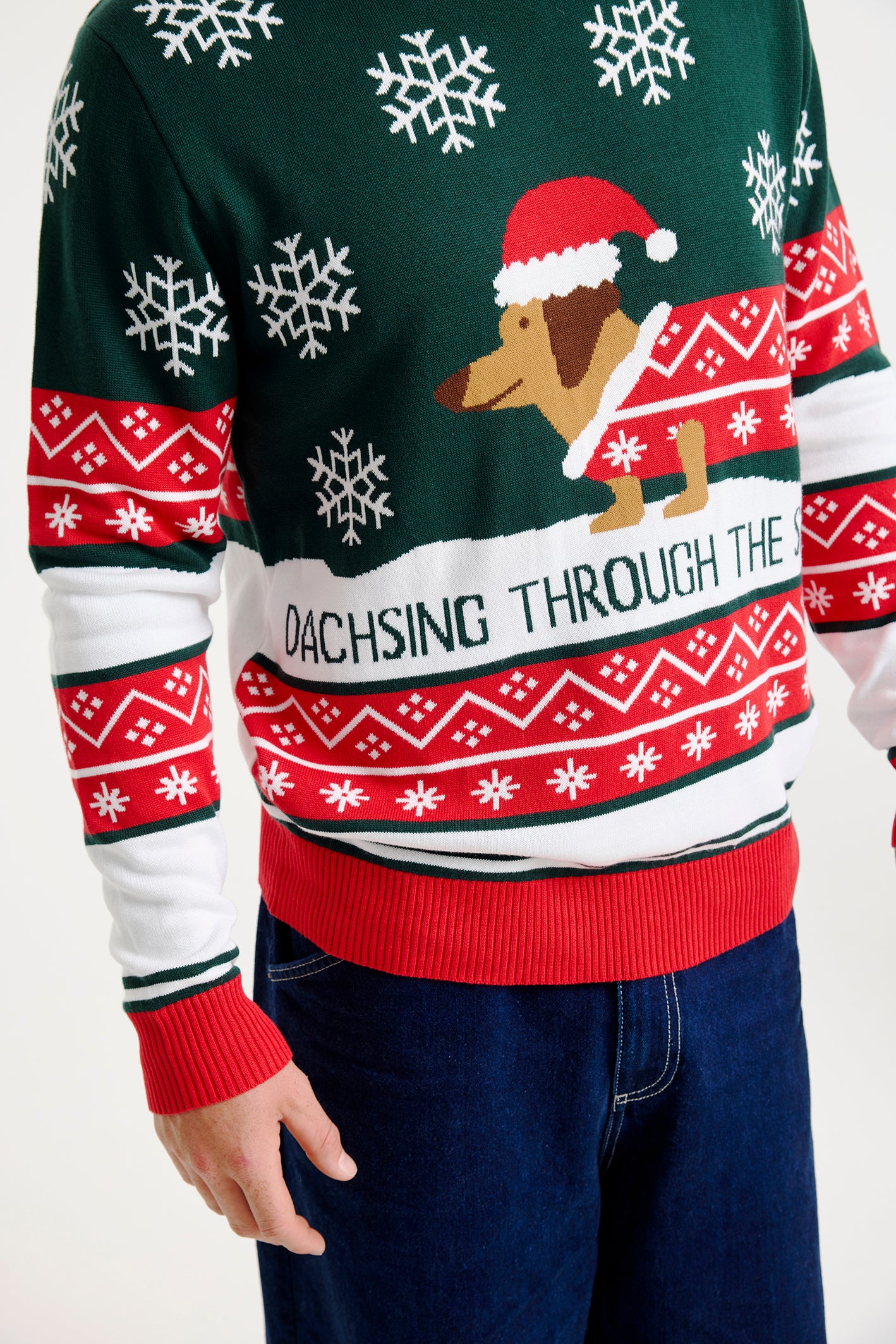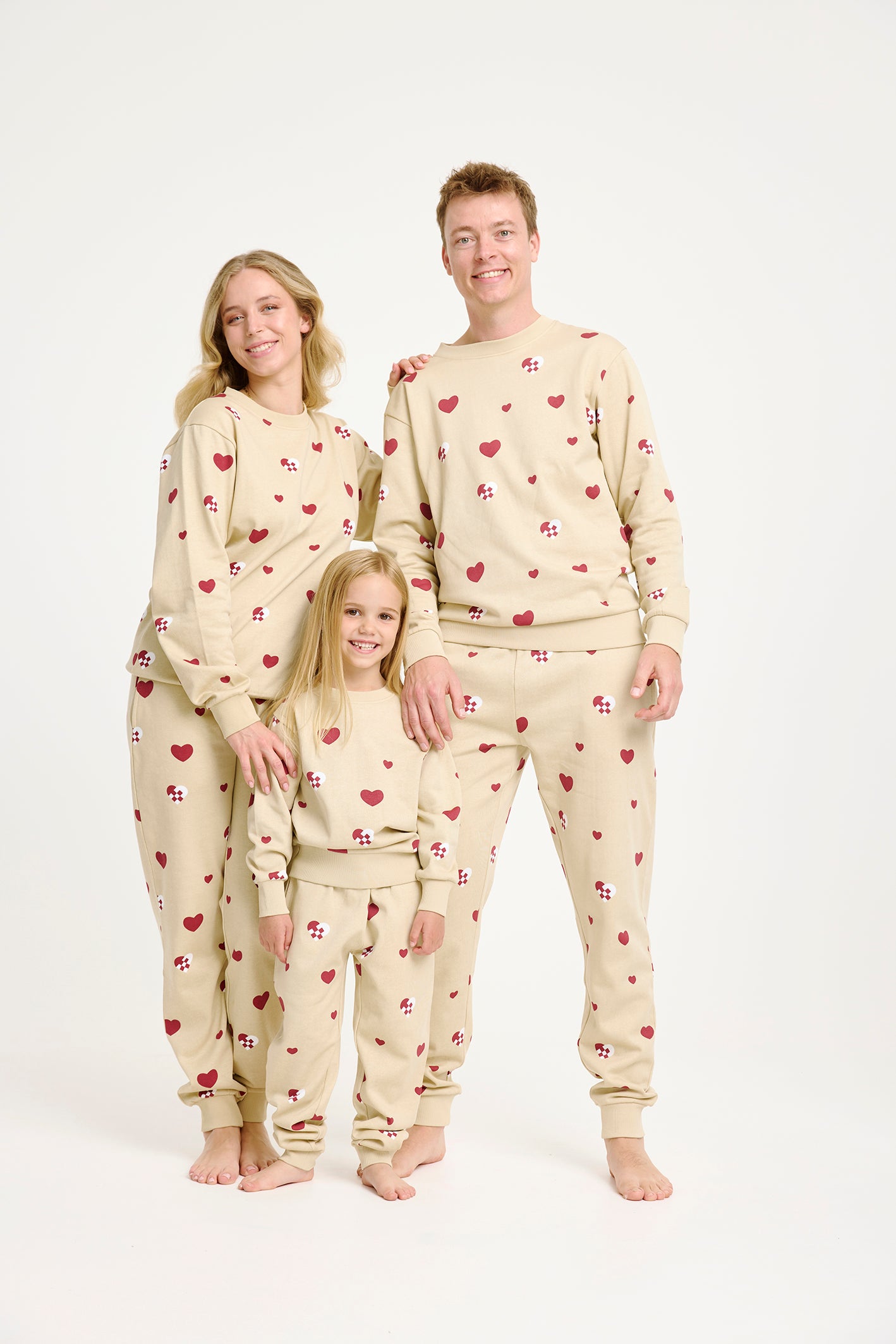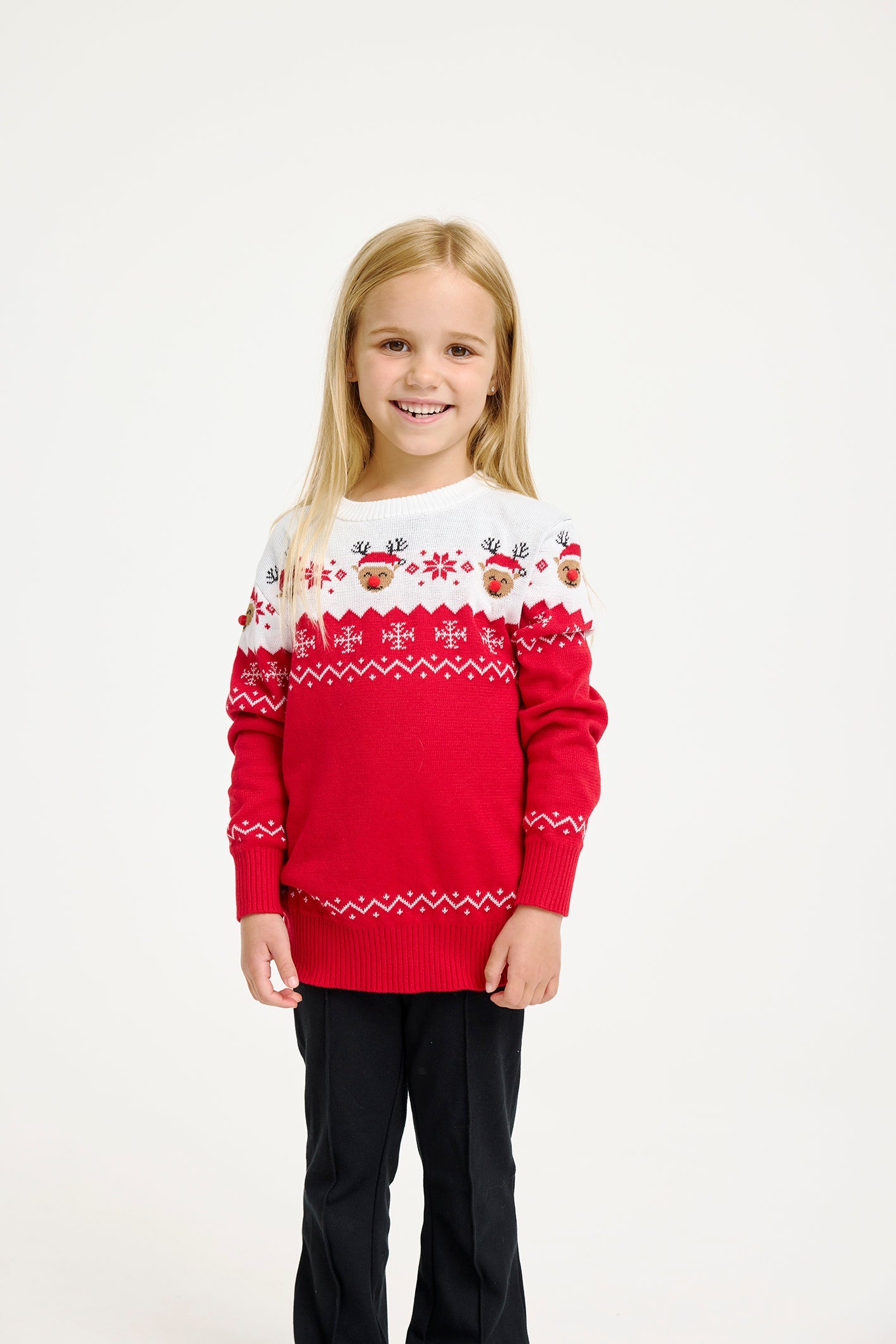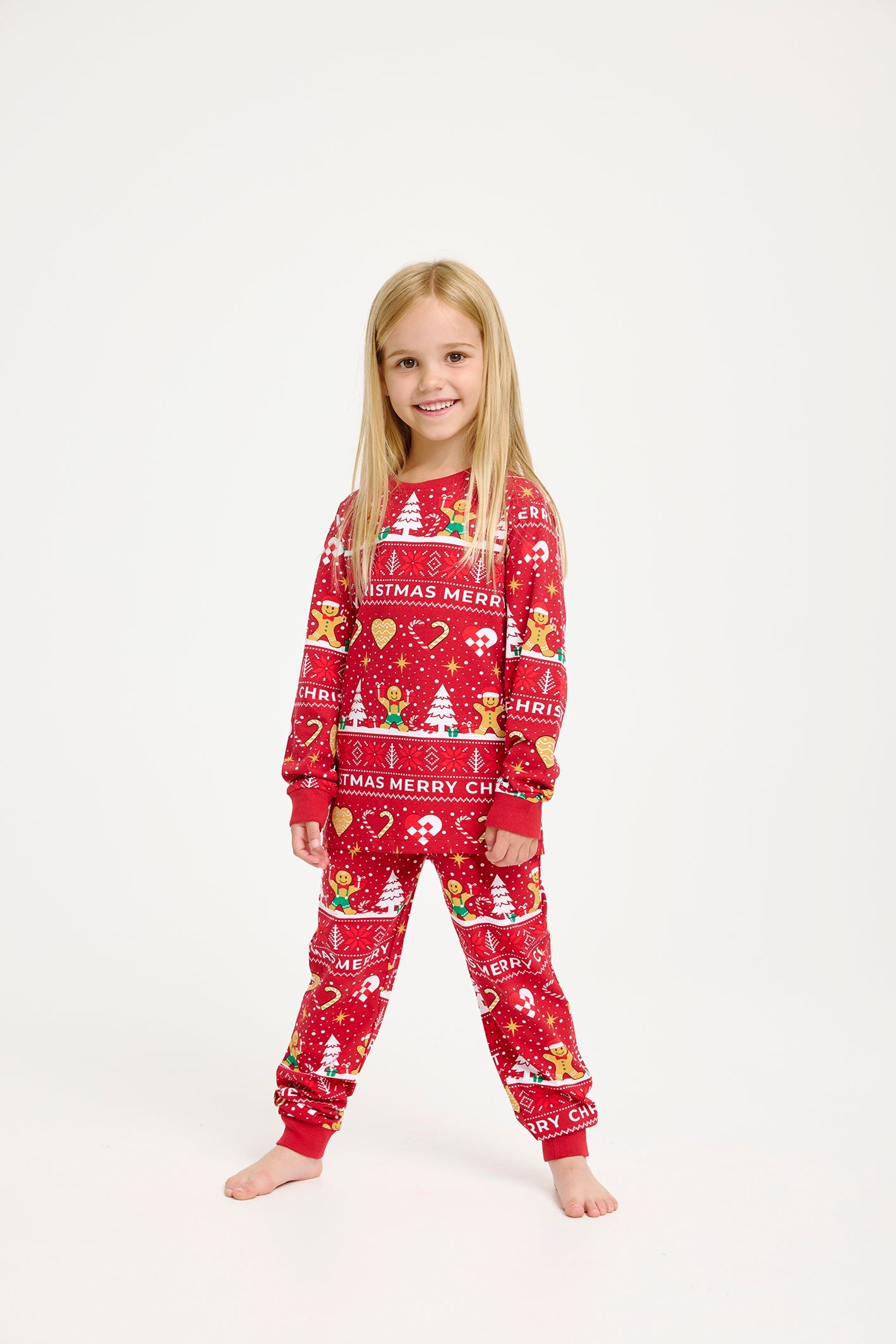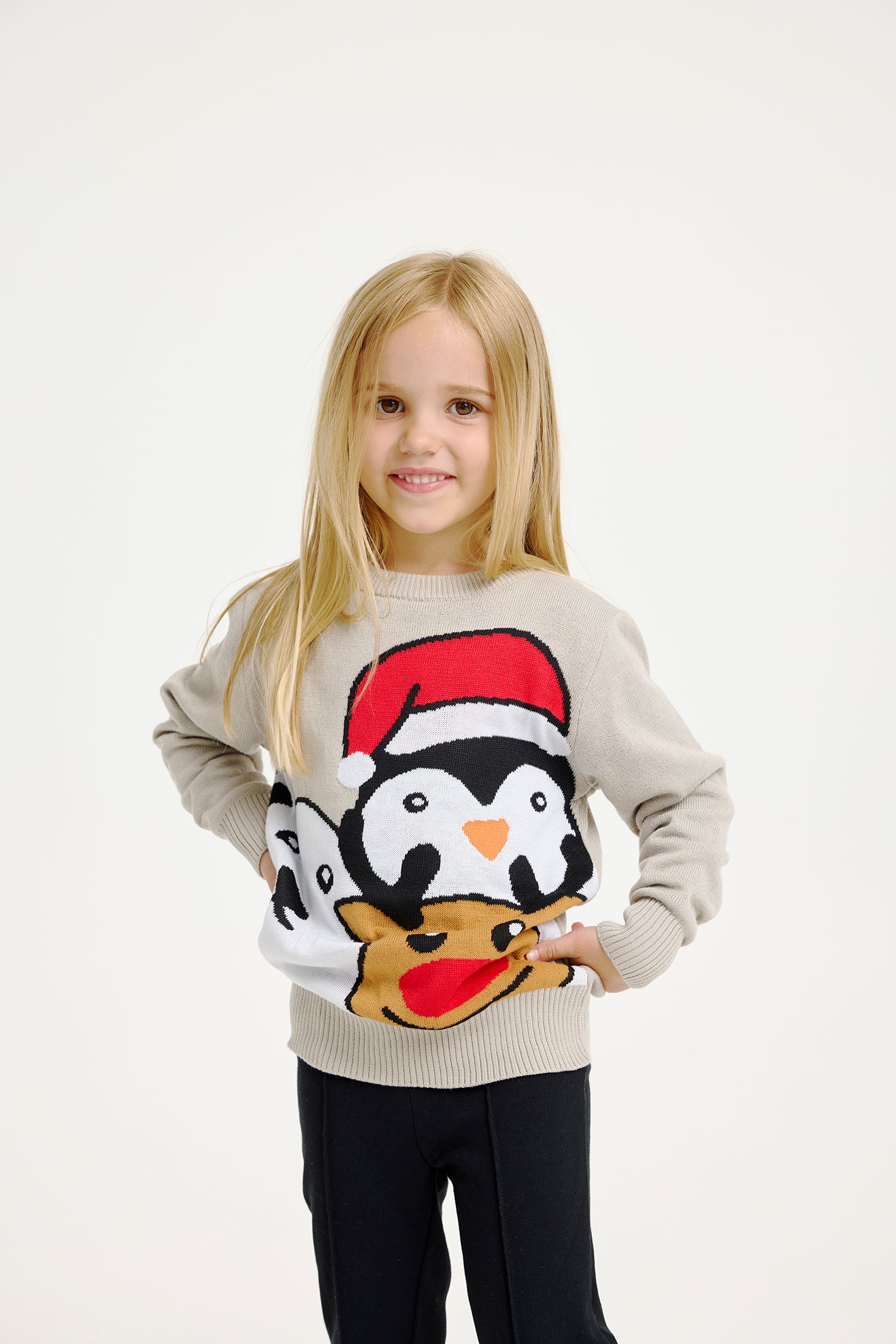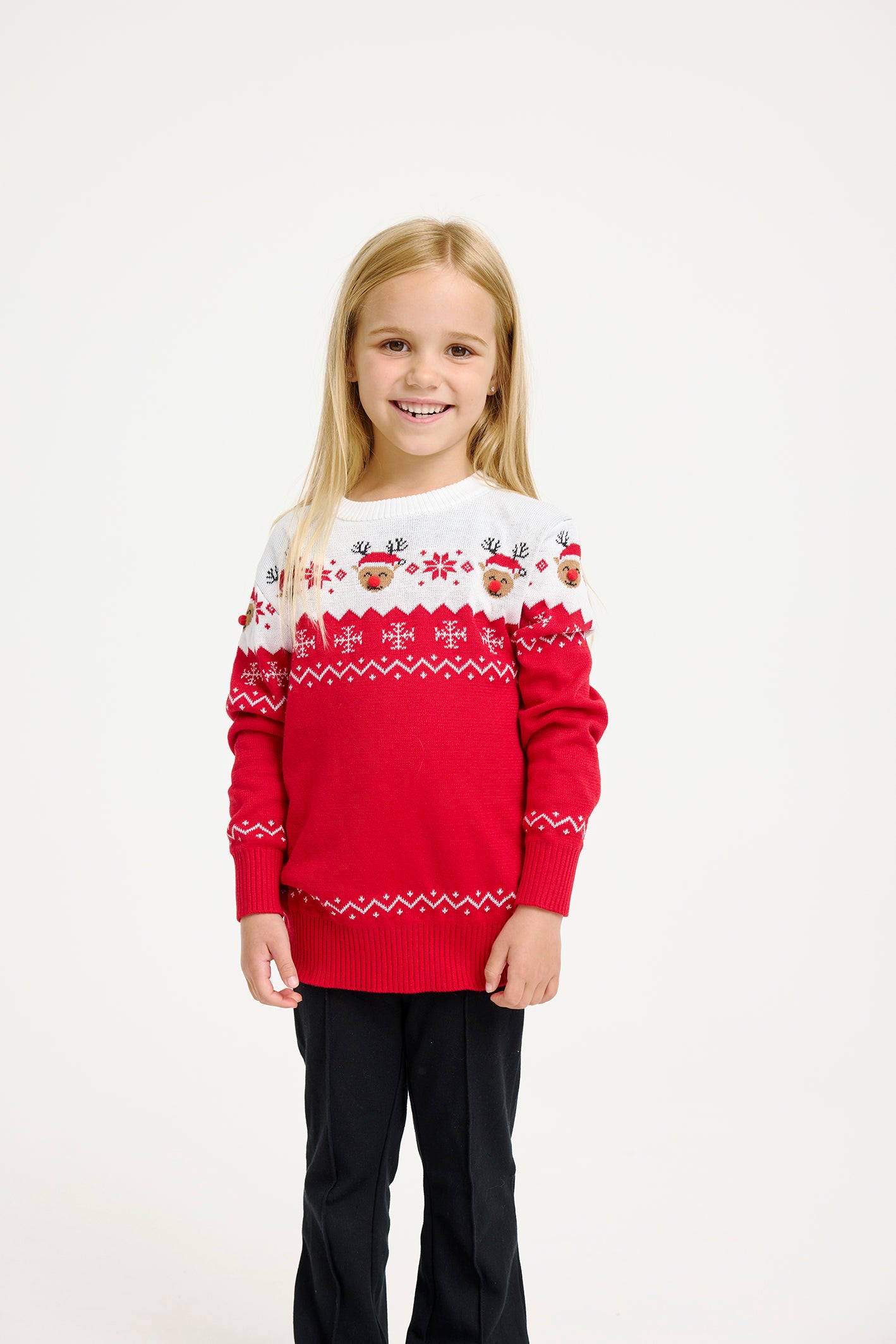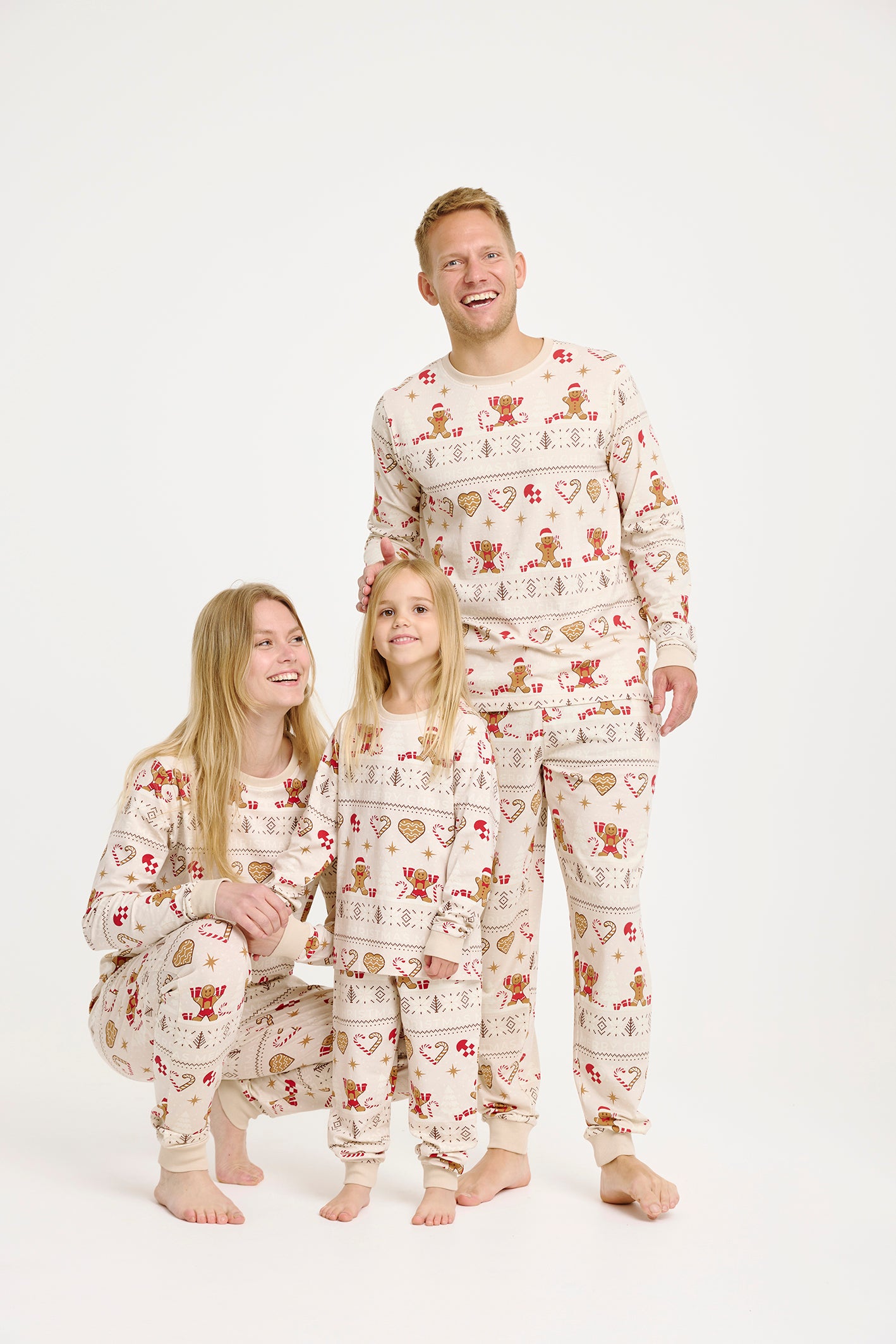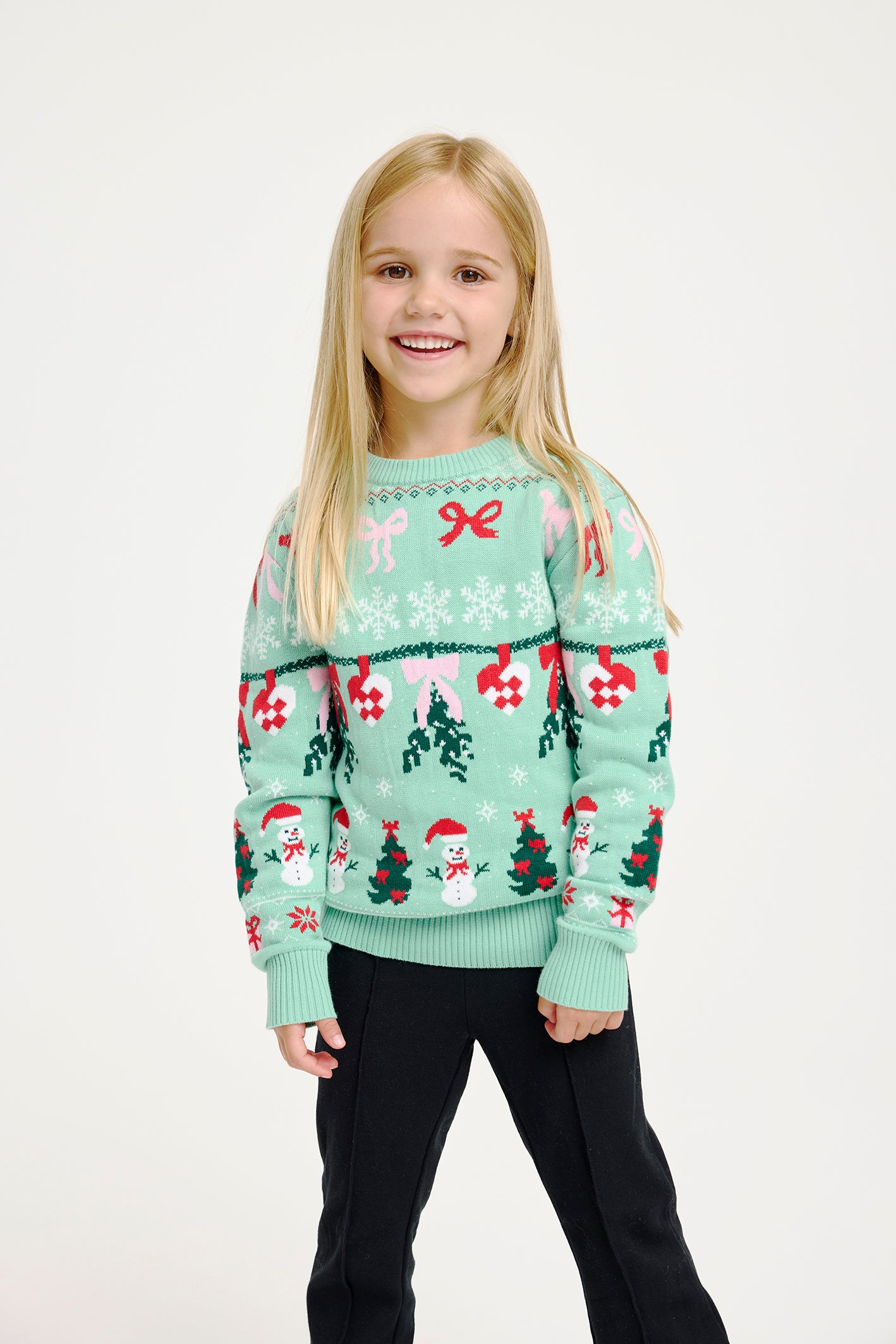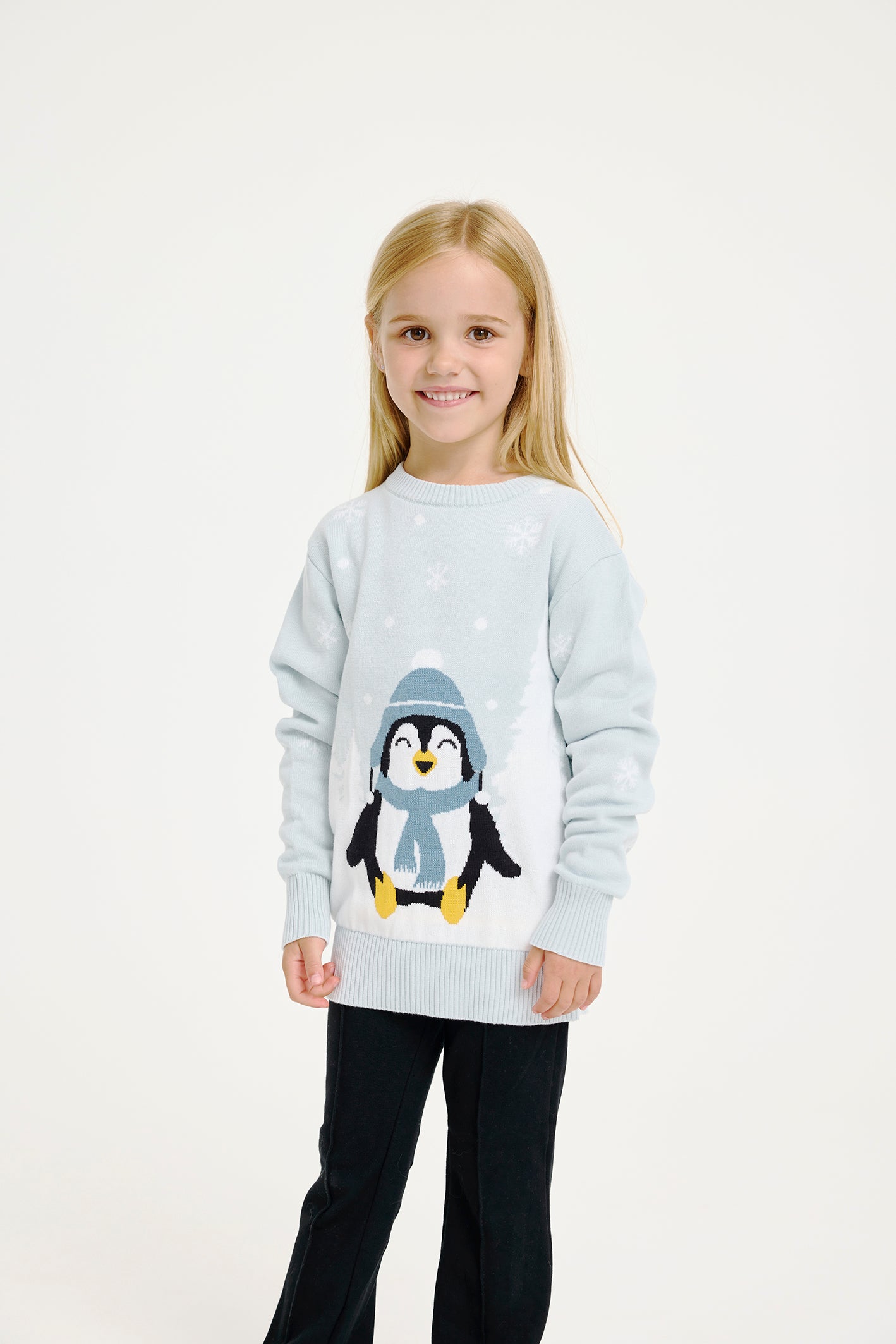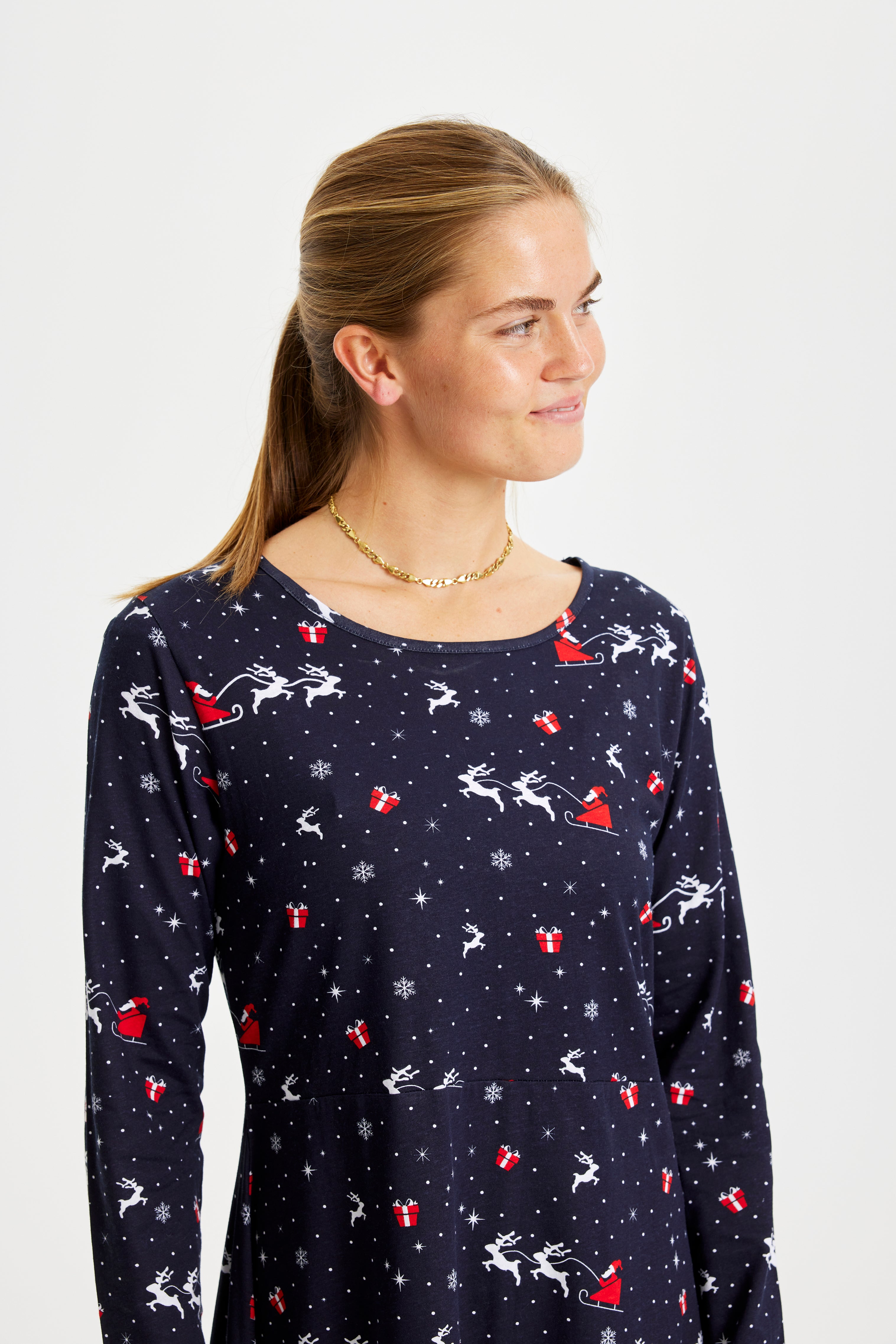27 October 2025
Why do we celebrate Christmas?

Each year December brings a mix of light, family gatherings and rituals that many call Christmas, but the reasons people celebrate are layered and have changed over centuries. For some it is a religious commemoration, for others a seasonal festival, and for many it is above all a moment for family, food and small traditions that mark the turning of the year.
At its core the holiday blends older midwinter festivals, the Christian celebration of the nativity and modern cultural practices centred on family time and gift-giving. You will recognise echoes of all three in church services, public decorations and informal rituals at home. These strands explain why celebrations vary so widely from place to place and from household to household.
Origins and themes
Coming up you will see how pre-Christian customs and early Christian choices shaped the date and many familiar practices, and how those layers feed into contemporary rituals.
Today much of the season’s meaning is built around shared moments. Families gather for meals, exchange presents and sometimes adopt playful dress codes that signal togetherness. Novelty items such as an ugly christmas sweater or coordinated outfits for children add a lighthearted dimension, and matching christmas pajamas can turn a simple evening into a deliberate family ritual. For those who prefer sustainable choices there are options that echo the season’s slower pace and concern for future generations, and retailers now list sustainable christmas sweater options alongside classic styles.
Public and private rituals overlap as people borrow from liturgy, folklore and popular culture. Candles and lights remember the desire for more daylight, while gift-giving mixes ancient practices of reciprocity with later charitable and religious meanings. Clothing has become one of the visible markers of celebration, whether that means a statement christmas sweater at a workplace party or broader christmas apparel chosen for a festive dinner. Even small items like themed socks or childrens’ outfits can carry the same social signal of shared celebration and belonging.
If you are curious about specific origins, the precise choice of date and how particular customs evolved those topics are covered next. For now, notice how the season gathers distinct motives into a single occasion: ritual, remembrance and a chance to be with people who matter most.
Why do we celebrate Christmas?
Historical roots and early adaptations
Many communities long marked the midwinter period with communal feasts, rituals and gatherings that eased the challenges of the season and celebrated the return of longer days. In northern and Mediterranean regions alike these observances combined shared meals, public ceremonies and symbolic acts aimed at reassurance and renewal. In several Germanic and Old Norse sources we find references to feasting, toasts and rites associated with fertility and survival rather than a single religious story. The old term jul originally referred to feasting and celebration, a social marker more than a defined liturgical event.
As Christianity spread, leaders often placed the commemoration of the nativity within that established midwinter calendar. The decision to fix a feast in December was less a claim about an exact birthdate and more a liturgical choice that made sense to communities already accustomed to celebrating at that time of year. Over centuries the nativity narratives, church observances and local customs layered together, so that religious ritual and popular festivity coexisted and influenced one another.
Why 25 December and why the evening before?
For Western churches the date of December 25th gradually became the standard for the nativity feast in late antiquity. Scholars point to several forces behind that choice: the symbolic appeal of aligning a celebration of light with the darkest season, practical liturgical calendars, and the convenience of associating the Christian feast with familiar public festivals. The precise historical reasons remain debated, but the result was a fixed date that communities could adopt and adapt.
In many northern traditions the main communal celebration moved to the evening of December 24th. That practice reflects older ways of reckoning the day from sunset and local habits that placed communal meals and rites at nightfall. Evening-based celebration allows families and neighbours to gather at the point where the day turns, reinforcing the sense of shared time and continuity.
Development of key customs
Several customs commonly seen today evolved unevenly over long periods. The decorated evergreen that we call the Christmas tree grew out of medieval and early modern European practices and became widespread across households in the nineteenth century. Gift-giving draws on a mix of impulses: religious narratives about offerings, folk figures who distributed gifts, and later cultural figures such as Saint Nicholas who were reshaped into modern icons. Church services, nativity plays and scriptural readings continued alongside these popular traditions, so that liturgy and everyday celebration remained entwined.
Clothing and accessories also became visible signals of celebration. Special festive garments, novelty jumpers and coordinated sleepwear mark belonging and shared mood in private and public gatherings, and many families adopt matching outfits for photographs or seasonal rituals. If you are looking to echo that custom, a well chosen christmas sweater or matching christmas pajamas can serve as a practical way to signal togetherness without changing other aspects of a gathering.
Social functions across time
Across eras and societies the midwinter celebration has served several stable purposes: reaffirming social bonds, providing a pause in the yearly cycle for shared hospitality, and offering a culturally legible moment to transmit stories and values. For believers the season retains a clear religious focus centred on the nativity narratives; for others the emphasis is family, food and seasonal customs. Both orientations can and often do coexist within the same household or community.
Suggested timeline
- Prehistory and Antiquity: Midwinter feasts and solstice observances in many cultures.
- Late Antiquity (circa 300–400 CE): Formalisation of liturgical dates and the appearance of December 25th in Western calendars.
- Medieval period: Integration of church rites with local customs, nativity plays and public observance.
- Early modern to nineteenth century: Regional evolution of trees, gift practices and popular figures.
- Twentieth and twenty first centuries: Coexistence of religious observance with wider cultural rituals, including seasonal apparel and family-focused gatherings.
Understanding these strands clarifies why the season feels both familiar and varied: a single occasion holds many inherited meanings, and everyday choices—from a communal meal to the choice of festive apparel—continue to shape how people mark the turning of the year.
Modern celebrations and Danish tradition
In contemporary life the season appears in many shapes: some households attend church services and sing old carols, while others fill their homes with lights, candles and the smell of baked spices. The common thread is a desire to slow down and share warmth. You can feel it in the hush as candles are lit, in the scent of spruce and warm pastry, and in the gentle hum of seasonal music that makes a simple evening feel like something set apart.
In Denmark the evening of December 24th remains central, and that nightly gathering gives the day a special rhythm. Families set long tables, trade songs and stories, and move between courses that are both familiar and full of sensory detail: the salt tang of pickled herring, the caramelised notes of roasted dishes, the sugar-sweet finish of small baked treats. These meals are not only food; they are a way to mark continuity and create new memories together.
Clothing as shared mood
Clothes have become a gentle language of belonging during the season. A festive garment at a workplace party or a cosy ensemble for a home dinner signals that everyone is part of the same moment. Wearing a cheerful christmas sweater can be a quiet way to join in, just as matching sleepwear can turn a late-night coffee into a deliberate family moment. The warmth of knitted fabric, the soft rustle when you sit by the tree and the light pressure of a sleeve as you pass a plate all add to the sensory tapestry of the evening.
For some households sustainability matters as much as style. Choices such as organic fabrics or recycled materials for seasonal apparel echo a broader desire to respect resources while still enjoying the season’s comfort. A pair of warm slippers or a set of matching christmas pajamas can feel like a small tradition in itself, an easy ritual that frames the night.
Public rituals and private meanings
Public decorations and communal concerts bring an urban brightness to the season, while private traditions—lighting an advent wreath, opening one of 24 small gifts, or singing around the piano—offer intimacy. These layers coexist: a church pageant and a neighbour’s string of lights can sit comfortably in the same week. The result is a landscape where religious meaning and family-focused custom overlap and enrich one another.
Across social contexts the season still performs familiar functions. It gathers people after months of routine, it offers a clear moment to practise generosity and hospitality, and it provides a culturally recognisable pause in the year when stories are retold and tastes are repeated. The textures of these moments—wax from a candle pooling on a saucer, the crackle of wrapping paper, the soft glow of tree lights—are what many remember most vividly.
Frequently asked questions
Is Christmas originally a pagan holiday?
Many elements of Christmas draw on earlier midwinter festivals and seasonal celebrations. Early Christians placed the nativity feast in a period already rich with communal observances, so the holiday as experienced today mixes pre-Christian and Christian layers.
Why is Christmas on December 25th?
December 25th became the established date for the nativity feast in the Western Church during late antiquity. The choice likely reflects liturgical calculation and symbolic alignment with midwinter festivities rather than a documented birth date.
Why do Nordic countries celebrate on December 24th?
In Nordic tradition the main celebration takes place on the evening of December 24th. This follows older ways of reckoning days from sunset and longstanding local customs that favour an evening gathering as the moment to celebrate.
Where do common symbols like the Christmas tree and Santa Claus come from?
The decorated tree grew from a mixture of medieval and early modern practices and became widespread in the nineteenth century. The figure of Santa Claus combines historical saints, folklore and more recent cultural inventions that transformed gift-giving into a familiar seasonal role.
Is Christmas primarily religious or cultural today?
It depends on context. For some the season remains a religious commemoration centred on nativity narratives, while for many it functions primarily as a cultural festival emphasising family, hospitality and shared customs. Both dimensions often coexist within households and communities.
How has Christmas changed in modern times?
Modern changes include broader secular participation, the influence of mass media on seasonal aesthetics, and the rise of specific clothing traditions and gifts that express togetherness. Yet many core motives—gathering, storytelling and marking the year’s turn—remain constant.
Also view
27 October 2025
Music can turn a date on the calendar into a ritual, shaping moods, memories and seasonal routines that repeat year after year. You pr...

